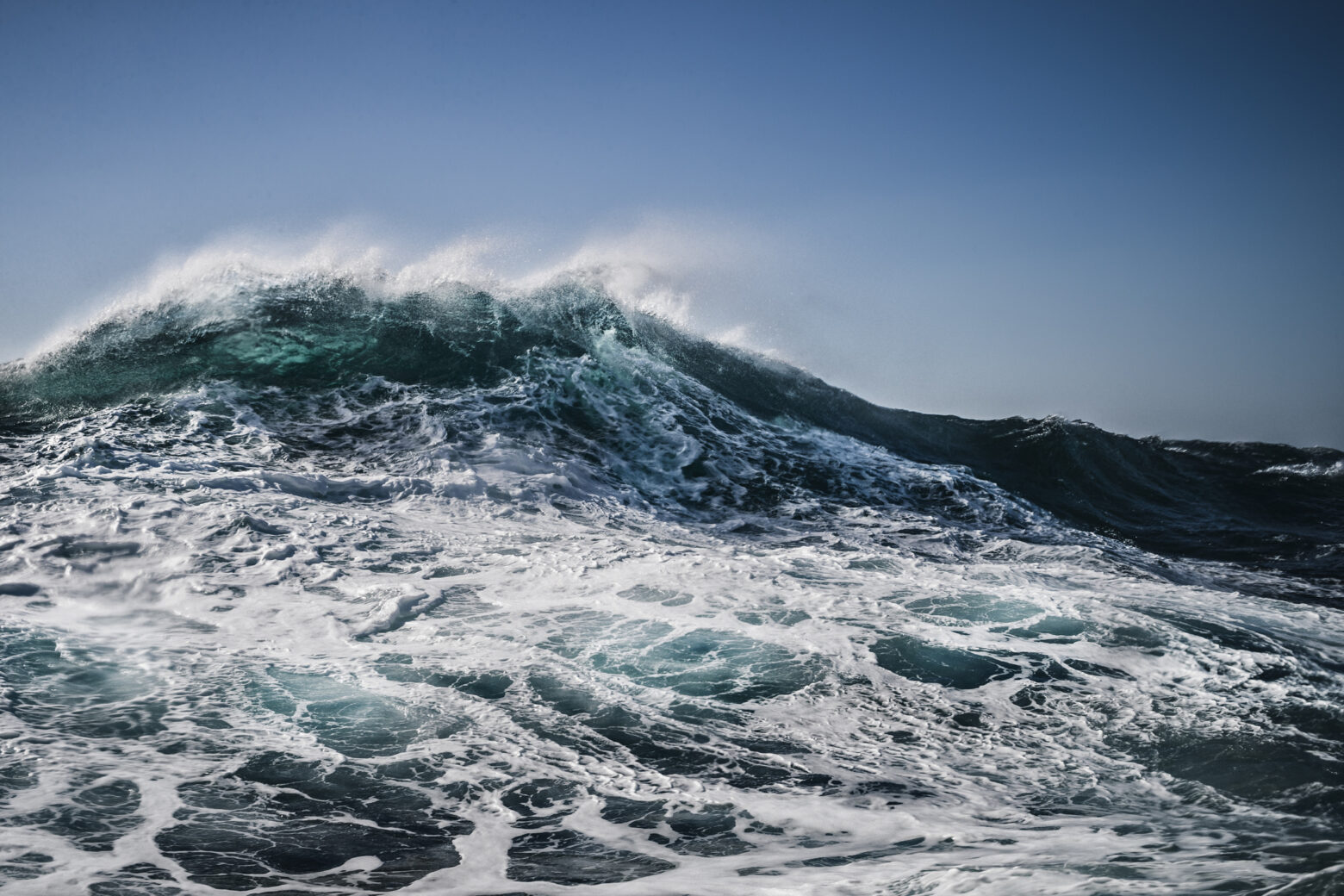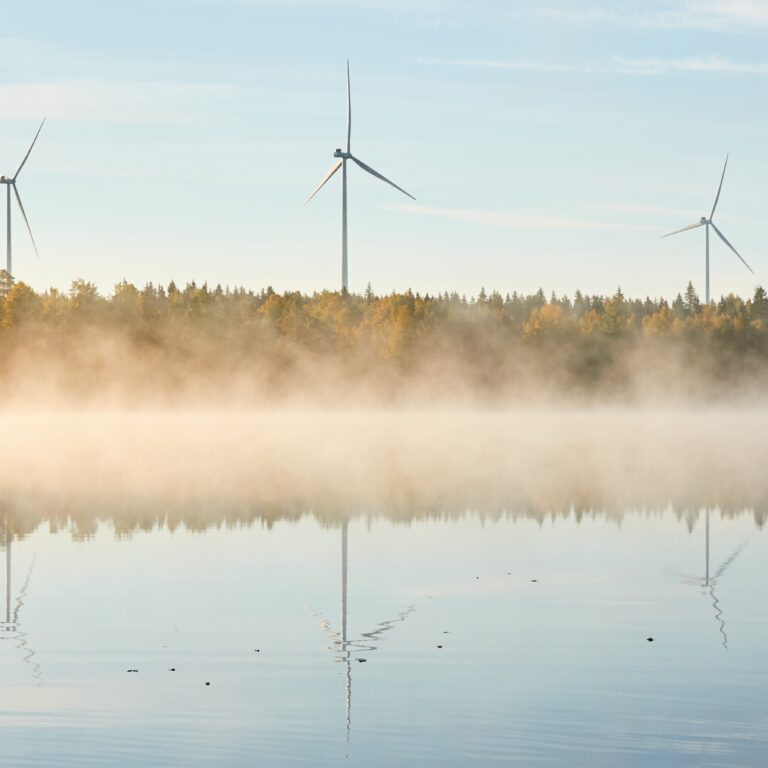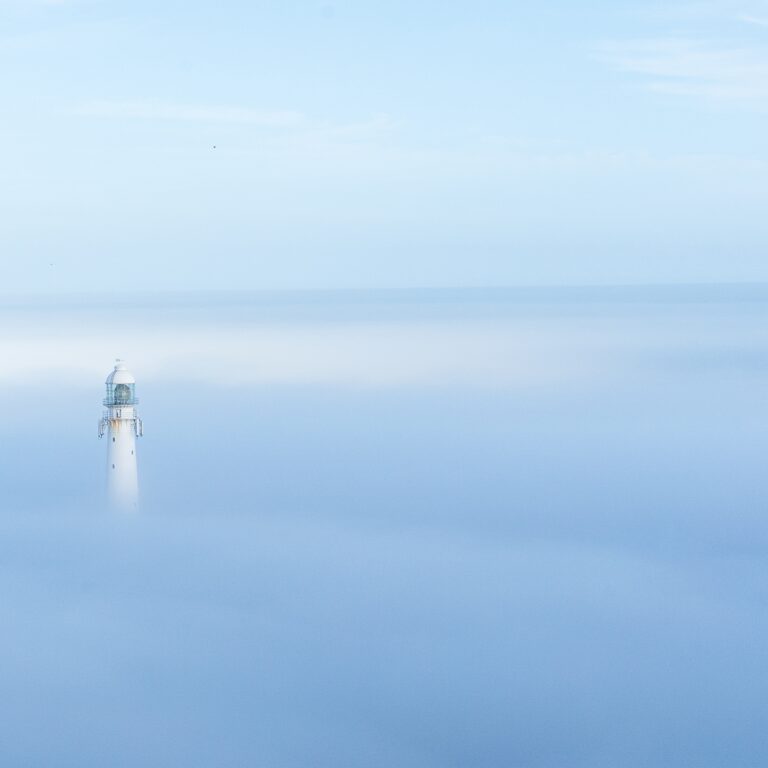On 23 May 2024, the Finnish Ministry of Economic Affairs and Employment (the “MEE“) published its draft for the new Offshore Wind Power Act (the “Act“), legislation aimed at regulating the permitting and construction of offshore wind power within Finland’s exclusive economic zone (the “EEZ“). In the following, our Energy & Infrastructure team analyses the draft Act, focusing on aspects which we have deemed most interesting from an investor and developer perspective.
Transition to State-led Selection
As noted in our earlier update, the Finnish Government will decide which areas within the EEZ will be put up for competitive tendering. The MEE describes this as a strategic shift towards a State-led selection process for offshore wind power areas, moving away from the previous project-developer driven approach that resulted in multiple partly overlapping project areas.
The areas for offered competitive tendering will be selected based on their overall societal benefits, considering factors such as environmental impact, maritime traffic, and the suitability for offshore wind power use.
A strategic environmental assessment (“SEA“) will be conducted to support the Government’s decision-making on area selection.
Overview of the Tendering Process
The competitive tendering process will be organized by the Finnish Energy Authority, with the winning bidder granted the right to apply for an exploitation permit (in Finnish: hyödyntämislupa) from the Government.
The competitive tendering procedure is designed to meet the EU’s Concession Contracts Directive requirements by way of applying relevant provisions of the Finnish Act on Public Procurement and Concession Contracts to the tenders, ensuring a fair and transparent process.
The Energy Authority will determine the best offer in terms of price-quality ratio as the winner of the tender, so that bidders would receive points for both the offered exploitation fee and qualitative criteria. Accordingly, the selection of the winner will be based on an exploitation fee payable during the production period and qualitative criteria, such as financial status, experience, expertise, environmental impacts, grid connection and safety. The purpose of the qualitative criteria is to ensure the selection of an operator with credible prerequisites to promote the project. More detailed provisions on the competitive tendering model will be laid down in a separate governmental decree (the “Decree“), the contents of which are, however, not yet available.
Notably, one tenderer can only win for one area if multiple areas are tendered simultaneously, necessitating the indication of area preference. In addition, participation in competitive tendering will not be possible if the applicant or its affiliate has (i) site exclusivity to three (3) or more offshore wind power areas located in Finland’s territorial waters, the EEZ or the sea areas of Åland where a wind farm is yet to be commissioned; or (ii) previously won a competitive tendering process that largely covers the same area but has not commissioned a wind farm in the area.
The tendering process may be discontinued if fewer than three participants remain after applying exclusion criteria or if the minimum exploitation fee is not met.
Exploitation Permit
The exploitation permit provides the exclusive right to exploit wind energy and engage in related research and exploration activities within the project area, including production of green hydrogen. It includes conditions such as the payment of the exploitation fee, compliance with qualitative criteria, and project progress deadlines. The permit is granted for a fixed period and can be conditionally granted even if the competitive tendering decision is not yet legally valid (i.e., final and non-appealable).
Permit holders will be required to set a promotion guarantee for the benefit of the Energy Authority. The guarantee must be valid until the wind farm has been commissioned for its intended use and will increase at one-year intervals, thus incentivizing the permit holder to carry out research and exploration activities at an adequate pace.
The exploitation permit can be transferred to another enterprise or entity, if there are no weighty grounds to suspect that the transfer would compromise national security and the transferee is able to comply with permit terms.
Permit holders must disclose changes exceeding 10 % in shareholding or de facto control, with the Government reserving the right to cancel the permit based on such changes. For the purposes of addressing change of control situations occurring in connection with corporate acquisitions, the permit holder can request the Government to issue an advance decision on what effect, if any, a planned permit transfer, change in shareholding or de facto control in the permit holder could have on the permit.
Appeals
The Government’s decisions concerning area selection and granting of exploitation permits can be appealed by way of lodging an appeal directly with the Supreme Administrative Court.
The Energy Authority’s decisions concerning the results of competitive tendering, decisions concerning exclusion from competitive tendering and decisions concerning the release of the promotion guarantee can be appealed by way of lodging an appeal with the Vaasa Administrative Court. Appeals concerning the results of the competitive tendering must be resolved as a matter of urgency by the appellate court.
Related Legislative Proposals
Amendments to the existing Act on the Exclusive Economic Zone of Finland are proposed to ensure the comprehensive application of Finnish and EU electricity and gas market legislation to offshore structures. Additionally, a separate legislative project will introduce amendments to the Electricity Market Act and other related laws, aiming to clarify their application to projects within the EEZ. For example, offshore wind turbines are envisaged to require an aviation obstacle permit (in Finnish: lentoestelupa), whereas hydrogen plants would require a chemical safety permit (in Finnish: kemikaaliturvallisuuslupa). Placement of cables and pipelines outside the tendered area would remain subject to consents set forth in the existing Act on the Exclusive Economic Zone of Finland.
The draft Act does not yet include provisions on construction requirements concerning offshore wind turbines and other structures in the EEZ, nor does it include provisions on dismantlement. These aspects will also require legislative amendments which are still being worked on by relevant Ministries.
The Finnish Ministry of Finance is currently preparing another legislative proposal concerning the applicability of income tax and real estate tax in the EEZ, which would make projects located in the EEZ subject to similar taxation as onshore wind projects as well as projects located on Finnish territorial waters.
Updated Timing
- All stakeholders are invited to provide comments on the draft Act by 4 July 2024.
- The finalised Act is planned to be submitted to the Finnish Parliament for consideration during fall 2024 and will enter into force at the beginning of the year 2025 at the earliest.
- The preparation of the Decree will begin during fall 2024 at the latest and the Decree will enter into force by summer 2025.
- The Government will make a decision on first areas offered for competitive tendering after the SEA has been completed. The SEA is planned to be completed during August 2025, which would enable the Government to make a decision during October 2025.
- The first round of competitive tendering is scheduled to begin during December 2025.
Contacts
Our Energy & Infrastructure team is monitoring all legislative developments affecting the Finnish offshore and onshore wind sector and would be pleased to discuss the draft Act with you.


